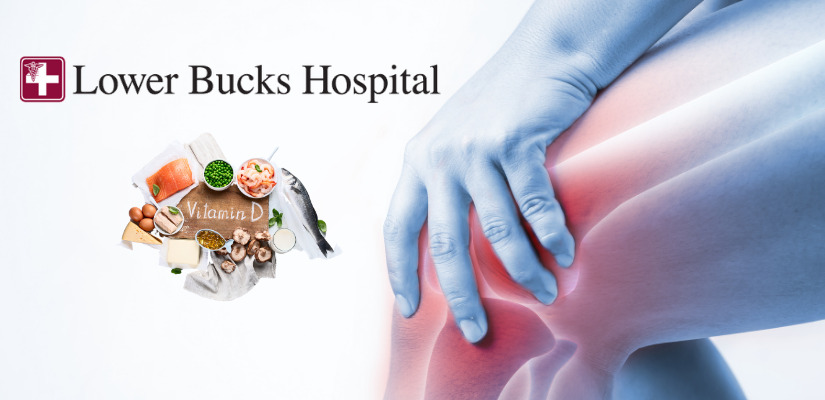COVID-19, Quarantine and Bone Health
“The word quarantine comes from quarantena meaning “fourty days,” used in 14th to 15th century Venice designating the period that all ships were required to be isolated before passengers and crew could go ashore during the black death plague epidemic”(Wikipedia). What these isolated individuals did during this time is unknown. Rickets, a bone disease relating to vitamin D deficiency was not described until 1645 and vitamin D was not isolated until the 20th century. The life expectancy for English people in the 16th and early 17th century was just under 40 years of age, so that loss of bone strength was not a primary concern.
In the 21st century, the life expectancy at birth (LEB) has been steadily climbing, where a healthy individual with adequate care can expect to live over 80 years of age and centenarians who live above 100 are no longer exceptional. The new reality is that if care is not taken to preserve skeletal (bone) health, one can outlive a working skeleton. The four basic elements required to preserve bone strength and bone health are favorable genetics, daily weight bearing exercises, calcium and vitamin D.
Unfortunately, COVID-19 has had negative effects on the basic elements needed to preserve bone health. With COVID-19, social distancing, furloughs and mandatory gym closures, many individuals are turning to lots of TV watching, remaining indoors and using food delivery services instead of shopping and preparing meals. Good nutritional sources of vitamin D are cod liver oil, fortified milk, salmon, mackerel, sardines, egg yolks and beef liver, all of which are not likely to be found on the menus of the delivery services. While animal sources may be richest in vitamin D, vegans and lactose deficient individuals can obtain vitamin D from mushrooms and vegetables and enriched foods such as cereal, orange juice, yogurt and cheeses. Remaining indoors decreases the opportunity for sun exposure to allow naturally occurring precursors to become active vitamin D.
The primary effects of vitamin D are to assist with calcium absorption from the diet, depositing and maintaining this calcium in the skeleton. The process of building skeletal mass and peak bone density is complete at about age 30 and thereafter is steadily lost. For a child in the process of growing, or a teenager who is fully grown but building skeletal mass, a year of home schooling, remaining indoors, no physical activity and poor eating, could have negative effects which only manifest decades later.
There are many secondary effects attributed to vitamin D deficiency. More importantly, recent studies have reported fewer complications and death in individuals with COVID-19 who have adequate levels of vitamin D. Some of the other adverse effects of COVID-19, such as weight gain, addictions and depression, are also believed to be better controlled with adequate levels of vitamin D.
A guideline for what is considered adequate intake and levels of calcium and vitamin D is the United States Bone and Joint Initiative. As a much simpler guide, the equivalent of three glasses of enriched milk should suffice. In addition, daily exercise such as walking, running or bicycling for at least 20 minutes, in the park with a friend, and with sun exposed arms, will do wonders for building bone strength, avoiding fractures later in life, and preserving emotional health.
 Dr. Menachem M. Meller
Dr. Menachem M. Meller
M.D., Ph.D., FAAOS.
Orthopedic Surgeon
To schedule an appointment, call one of our convenient location
or visit us online at www.lowerbuckshosp.com
Lower Bucks Hospital, Bristol: (215) 785-9817
Town Center Drive, Langhorne: (267) 789-2074


